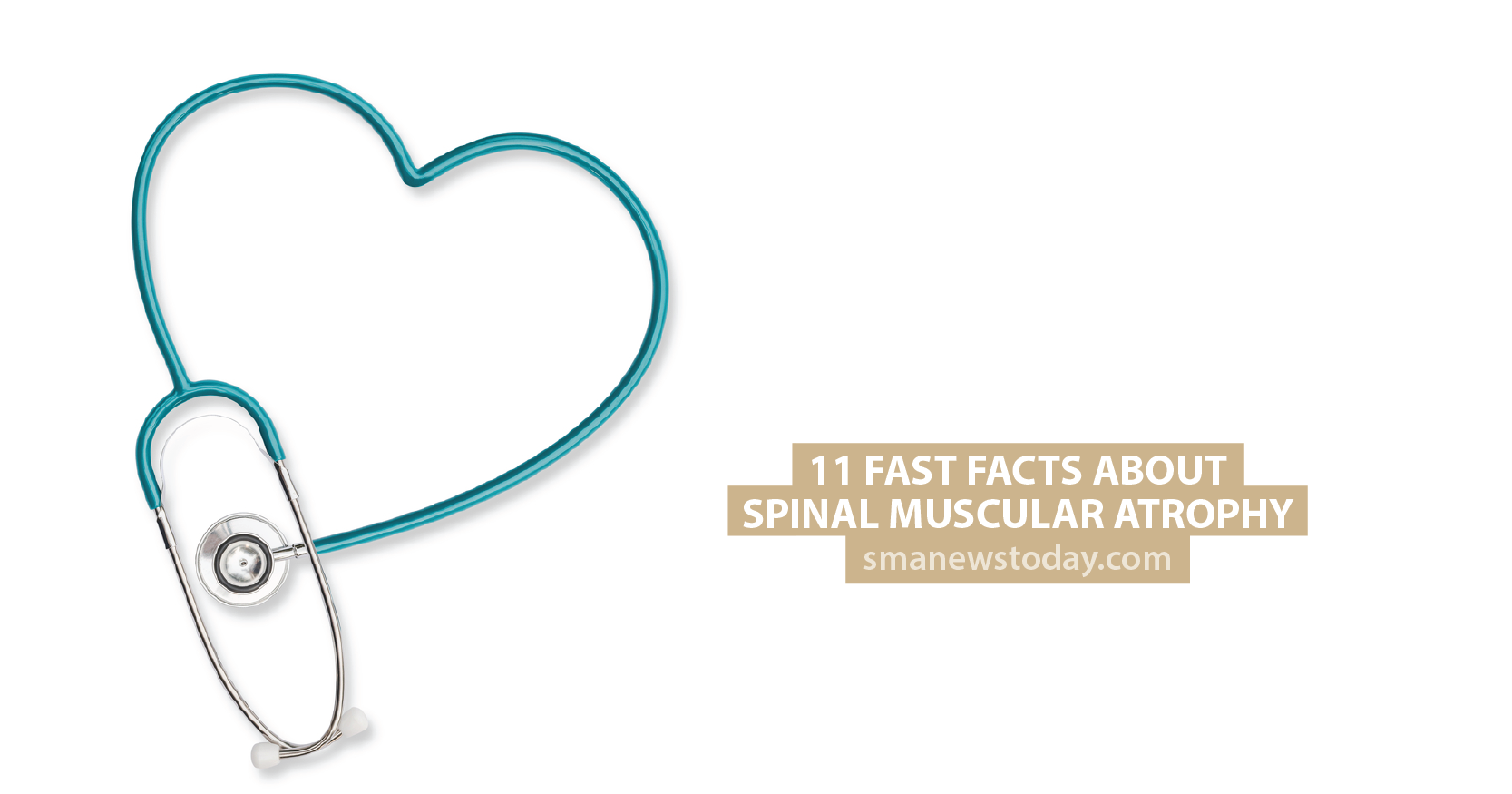11 Fast Facts About Spinal Muscular Atrophy

How much do you know about spinal muscular atrophy (SMA)? It’s a genetic disease that progressively weakens the muscles of babies and small children which can lead to problems with walking, swallowing and breathing. Often babies are born healthy with no visible signs of the disease. It’s only when they fail to meet developmental milestones like supporting their head, rolling, and crawling do parents and doctors realize something’s wrong.
To help raise awareness of the disease, we’ve put together some fast facts to help you better understand SMA using information from SMA Australia and Fight SMA.

- Between one in 35 to one in 40 people carry the SMA gene. If you and your partner have the gene there is a one in four chance your child will have SMA.
- SMA affects males and females equally and has no ethnic bias.
- While there is currently no cure for SMA, the National Institute of Health is confident that a cure will soon be found.
- The faulty genes responsible for SMA are the SMN1 and SMN2 gene.
Find out more about the role of SMN genes in spinal muscular atrophy here.

- There are four types of SMA with type 1 being the most severe and type 4 the mildest.
- Types 1 to 3 develop in childhood and type 4 SMA develops in adulthood.
- SMA is the genetic disease responsible for the most infant deaths. Those with type 1 SMA do not typically live beyond their second birthday.
- Children with type 2 and type 3 have good survival rates but most will need a wheelchair from early childhood onwards.
Find out more about the different types of spinal muscular atrophy here.

- Approximately every seven hours, a child is born with SMA somewhere in the world.
- Children with SMA are prone to infections so good hygiene practices are needed by family, friends and caregivers.
- SMA does not affect intelligence and children and adults with SMA often go on to do very well academically.
Meet Eric Murphy and find out about his amazing life with SMA.
SMA News Today is strictly a news and information website about the disease. It does not provide medical advice, diagnosis or treatment. This content is not intended to be a substitute for professional medical advice, diagnosis, or treatment. Always seek the advice of your physician or another qualified health provider with any questions you may have regarding a medical condition. Never disregard professional medical advice or delay in seeking it because of something you have read on this website.







